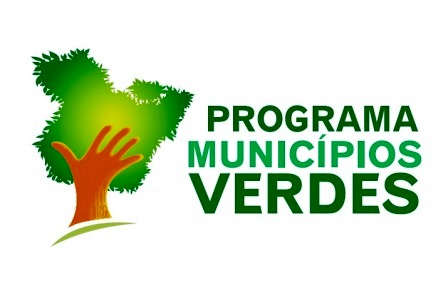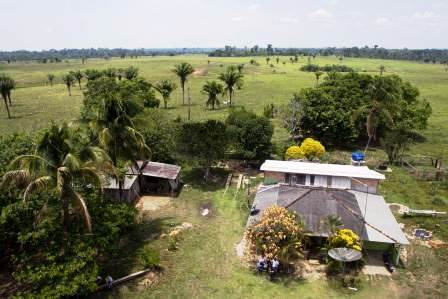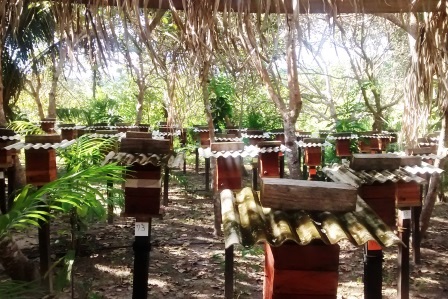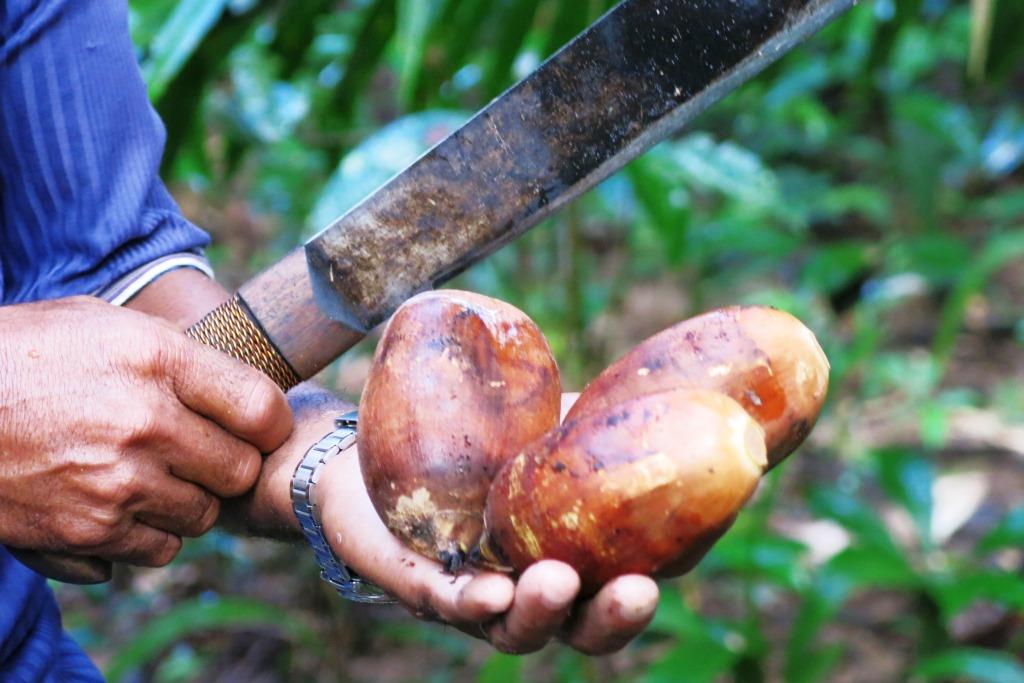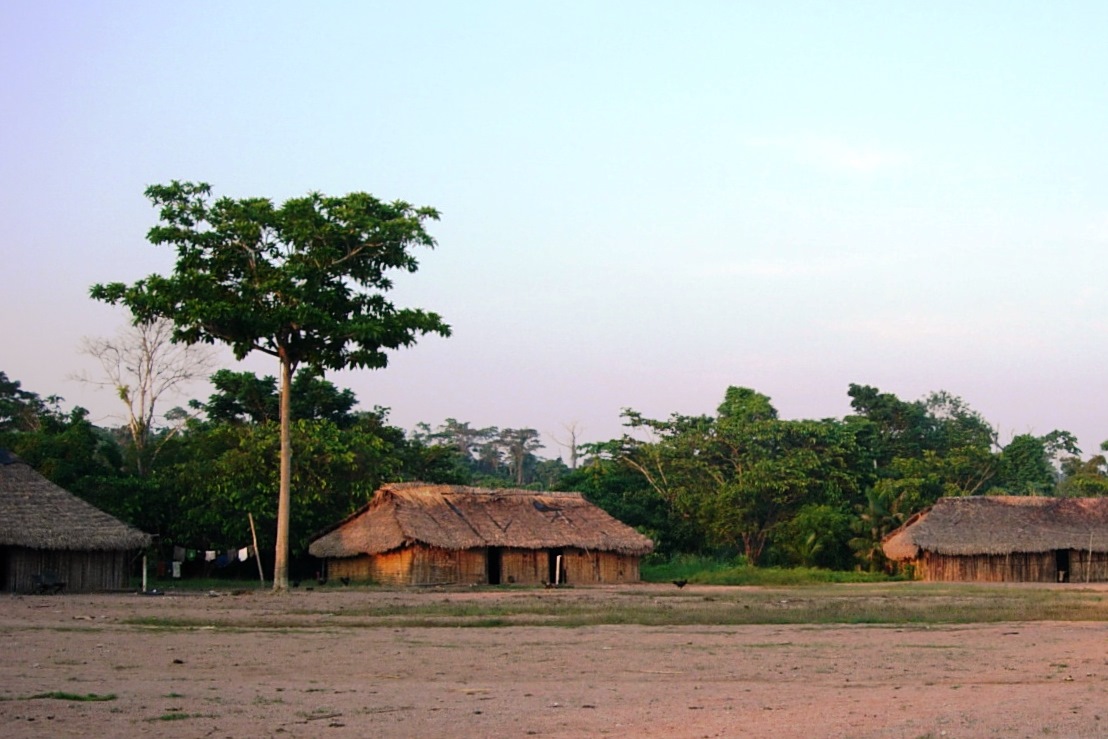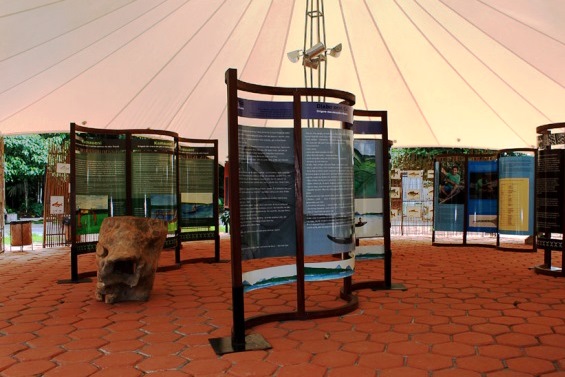INSTITUTIONAL AND ADMINISTRATIVE ASPECTS
Fadesp was the beneficiary of the project, and UFPA was its technical intervener. Fadesp, created in 1976 to support UFPA’s activities, operates in research, teaching, extension, institutional development and specialized technical services projects not only within UFPA’s scope, but also in several public and private institutions.
Created in 1957, UFPA is one of the most important research and teaching institutions in the North region. With 14 institutes, seven nuclei, 36 university libraries, two university hospitals and one application school, the university houses a community of more than 50,000 people. This project was coordinated by professors from the ICB, which brings together the faculties of Biomedicine, Biological Sciences, and Biotechnology, as well as postgraduate programs in the fields of genetics and molecular biology, neurosciences and biology of infectious and parasitic agents, zoology, animal science, aquatic ecology, and fishing and biotechnology.
RESULT AND IMPACT INDICATORS
The project activities contributed to the results related to the "science, innovation and economic instruments" (4) component of the Amazon Fund’s Logical Framework.
Outcome 4.1: Knowledge and technologies aimed at the sustainable use of Amazonian biodiversity produced and disseminated.
The main indicators agreed for monitoring this objective were:
- Number of theses, articles, books and chapters in scientific books related to the research performed (effectiveness indicator)
Target: ten. Result achieved: 63
- Number of researchers and technicians involved in RD&I activities in the laboratories supported by the project (efficacy indicator)
Target: nine. Result achieved: 31
- Laboratory area constructed (efficacy indicator)
Target: not defined. Result achieved: 1.300 m2, including the equipment necessary to research performance
By providing an adequate infrastructure for the execution of research projects, the project achieved targets related to scientific publications and number of researchers and technicians involved in RD&I activities. Scientific papers were accepted in indexed journals, as well as dissertations and theses defended with results obtained from the use of the equipment that was acquired with financial contribution to the project.
The acceptance of scientific papers in high quality journals demands more sophisticated analytical requirements, which involves high technology equipment and high acquisition costs. These research projects encompass several areas within biotechnology, ranging from identifying and isolating compounds and substances from diverse sources of Amazonian biodiversity to biological tests of such compounds and substances in order to obtain products (new therapeutic drugs and/or cosmetics, for example).
Part of the project’s impact indicators refers to results that will be obtained ex post, from the moment Ceabio actually starts its activities. The researchers have been performing their activities as from the building inauguration, on February 21, 2018. Therefore, the indicators of the "number of patents applied for or deposited" and the "number of new products or technological processes developed" have not yet been measured and are expected to reach their respective targets in the next two years.
RISKS AND LESSONS LEARNED
The project proved itself to be relevant to the feasibility of an adequate infrastructure at UFPA for biodiversity research. However, there were some delays in its execution, mainly in relation to the construction of Ceabio. There was a need to land and align the ground, since it was more unstable than expected.
In this context, a counterpart contribution from UFPA was necessary to complete the building, which demonstrated the institutional interest in the realization of the investment. In addition, UFPA has undertaken additional works, such as the cleaning and urbanization of the area, grating and alarm system installation, and connection to the Internet and to the electrical network. Thus, despite the slower-than-expected pace, the project results were satisfactorily achieved, due to the commitment of the actors involved in its execution.
SUSTAINABILITY OF RESULTS
The investments made by the project, together with the partnerships entered into and/or strengthened throughout the project between the participating laboratories and with national and international institutions, enabled the improvement of researchers’ activities, reflected on several publications on international journals.
Strengthening research infrastructure related to the study on biodiversity, by gathering UFPA’s research groups in the same physical space, will enable the performance of a larger volume of pieces of research in better biosecurity conditions. Moreover, it will provide the Amazon with an environment equipped and suitable for developing research to know and preserve the biodiversity of the region, based on the sustainable use of natural resources, giving economic value to the standing forest. Ceabio will be a reference to other groups settled in the Amazon, with the potential to generate a significant advance for the scientific production at UFPA.
The fact that Ceabio is part of a Science and Technology Park allows a greater interaction with technology-based companies and the provision of specialized services to society. With this interaction, it is expected that the knowledge of market demands may be broadened and that research can be developed in order to better meet these demands. Moreover, possibilities of providing services and entering into partnerships with the private sector increase the prospects for investment sustainability and the achievement of positive impacts by the project in the long term.


